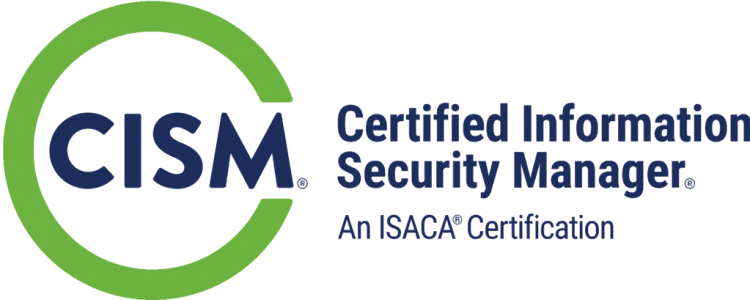Course Overview:
An in-depth course on how to use and configure Cisco Firepower Threat Defense technology, from device setup and configuration and including routing, high availability, Firepower Threat Defense migration, traffic control, and Network Address Translation (NAT). Students implement advanced Next Generation Firewall (NGFW) and Next Generation Intrusion Prevention System (NGIPS) features, including network intelligence, file type detection, network based malware detection, and deep packet inspection.
Students will also learn how to configure site to site VPN, remote access VPN, and SSL decryption before moving on to detailed analysis, system administration, and troubleshooting. This course combines lecture materials and hands on labs throughout to make sure that students are able to successfully deploy and manage the Cisco Firepower system.
It is a five-day instructor-led course that is aimed at providing network security engineers with the knowledge and skills that are needed to implement and maintain perimeter solutions that are based on Cisco Firepower security appliances. At the end of the course, students will be able to reduce risk to their IT infrastructure and applications using Cisco Firepower security appliance features, and provide detailed operations support for the Firepower appliance.
Attendees to N-485: In-Depth Securing Networks with Cisco Firepower Threat Defense NGFW will receive TechNow approved course materials and expert instruction.
Date/Locations:
Duration: 5 days
Course Objectives:
- Understand Sourcefire, Firepower 6.2, FireAMP, and Firepower Threat Defense (FTD)
- Configure the Firepower Management Center (FMC)
- Raise you confidence managing the Firepower Manager and Firepower tThreat Defense (FTD)
- Describe the Cisco Firepower Systems infrastructure
- Navigate the user interface and administrative features of the Cisco Firepower 6.2 system, including advanced analysis and reporting functionality to properly assess threats
- Describe the System Configuration and Health policies and implement them
- Describe the role Network Discovery (Firepower) technology plays in the Cisco devices
- Describe, create, and implement objects for use in Access Control policies
- Create DNS and URL policies and configure Sinkholes
- Configure FTD policies such as Platform, Routing, Interface, Zones, PreFilter, QoS, NAT and Flex Config!
- Describe advanced policy configuration and Firepower system configuration options
- Configure Malware Policies to find and stop Malware
- Understand Security Intelligence, and how to configure SI to stop attacks NOW!
- Configure policies to find and stop Ransomware
- Understand how to fine tune IPS policies
- Understand how to find tun Snort Preprocessor policies (NAP)
- Configure Correlation events, white rules, traffic profiles and create respective events and remediate them
- Analyze events
- Create reporting templates and schedule them
- Configure backups, rule updates, Firepower Recommendations, URL updates, and more to run every week automatically
- Set up external authentication for users using LDAP/Realms
- Configuring system integration, realms, and identity sources
- Configure FMC domains and implement them
- Configure FTD HA with two FTD devices
- SSL Policy – decrypt your traffic
- AnyConnect and Site-to-Site VPN
- Understand network and host based AMP. Configure and analyze host based AMP
- Understand Cisco Identity Services Engine (ISE)
- Configure ISE and integrate with Cisco FMC identity policy using PxGrid
Prerequisites:
- Cisco Certified Network Associate (CCNA) certification. or equivalent
- Cisco Certified Network Associate Security (CCNA Security) certification. or equivalent
- Working knowledge of the Microsoft Windows operating system.
Comments
Latest comments from students
Liked the class? Then let everyone know!
